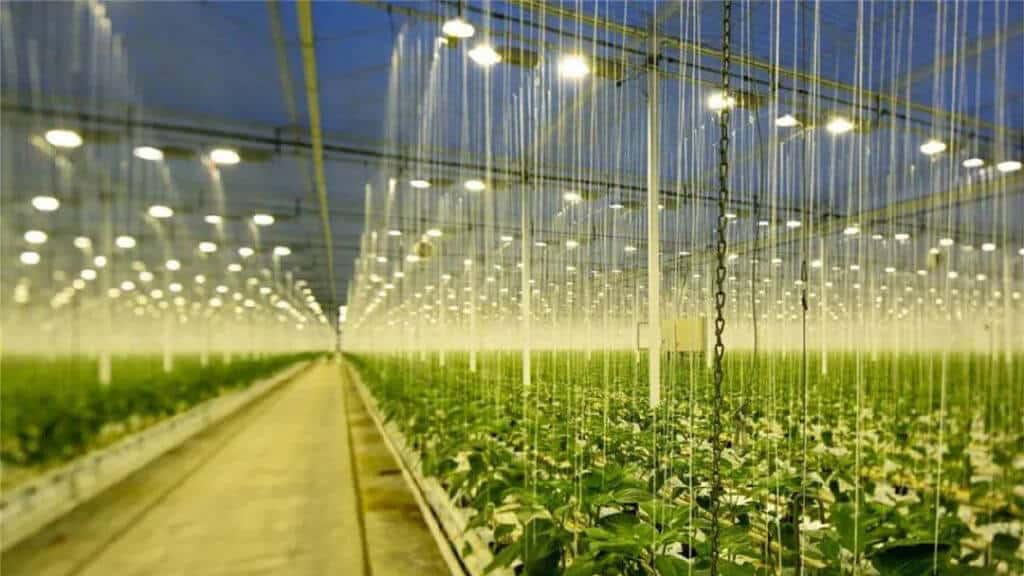
You should be aware of some full spectrum LED grow light vocabulary.
Commercial full spectrum LED grow lights are the result of substantial technology. We have compiled a brief glossary of key words that are frequently used in relation to LED grow lights for indoor agriculture.
LED full spectrum grow lighting: what is it?
Light Emitting Diodes, or LEDs. Full-spectrum LED grow lights emit a full spectrum of light, ranging from ultraviolet (UV) to infrared wavebands (from blue to red), simulating the sun.
In order to produce photosynthesis, plants require a range of colors from the color spectrum, with red and blue being the most common. The amount of lighting and color spectrum required will depend on the plants and their stage of growth.
What is the process of photosynthesis?
Green plants use a process called photosynthesis to transform carbon dioxide and light into energy that is needed for growth and development. This technique requires light that is in the PAR range.
It is possible to generate the red and blue lighting required for photosynthesis by using LED full spectrum grow lights.
What does PAR mean?
Photosynthetically Active Radiation is known as PAR. Inches or feet are not used to measure PAR. The wavelength of light on the light spectrum scale ranges from 400 nm (blue) to 700 nm (red). Plants utilize all of the PAR illumination spectrum, but for varied amounts of time and at different phases of growth.
What does NM represent?
NM stands for nanometer (λ). It is a method of measuring the wavelength of light. 400–700 nm is one billionth of a meter, or visible light.
What is meant by PPF?
PPF stands for Photon Flux Photosynthetic. Photons, which are tiny units of energy, make up all light. The photosynthetic photon flux, also known as PPF, is the quantity of photons that a light source emits in the PAR range per second. Since PPF is composed of successively smaller bursts of energy, it is measured in seconds (µmols/sec). A micromole (µmols) is a measurement for a large unit of photons of light. During the process of photosynthesis, the plant converts these photons into chemical energy. The amount of light that reaches the plants or the surrounding environment is not indicated by PPF.
What is the acronym for PPFD?
Photosynthetic Photon Flux Density is known as PPFD. In the PAR zone, PPFD measures the amount of light that reaches the plant canopy. The units of measurement for the light falling on the plants are micromoles per meter per second (µmol/sm^). Assuring that there are enough strategically positioned LED lights within the grow buildings to generate the required PPFD and promote the best possible photosynthesis process is the aim.
What does the symbol µmol/J mean?
The PPF and input wattage efficiency is stated in µmol/J. The lighting system’s ability to convert electrical energy into PAR photons is measured by its photon efficacy. The more effectively light converts electrical energy into PAR photons, the higher the number. The µmol/J does not account for light frequencies above 700 nm and simply indicates how well the light converts electrical energy into PAR photons; it does not indicate how beneficial the light will be for the plants.
